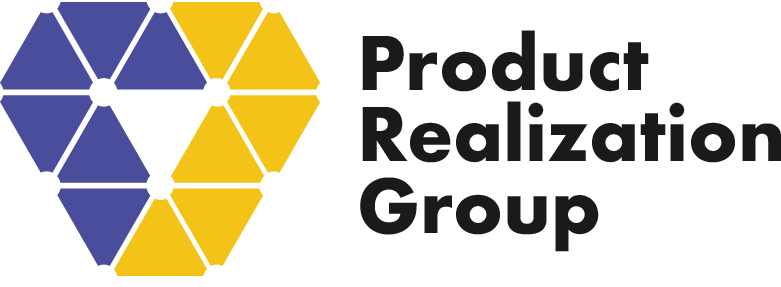

David Eden
Innovation and Product Management Expert
David has 35+ years of achievement building international cross-functional product-focused teams and accelerating towards a dynamic, energetic workplace culture that rewards innovation, creativity and execution. Working across multiple industry sectors, David has experience in innovation, telecom, video conferencing and semiconductors, all of which are brought to bear in his innovation roles.
Can you make a successful product without product management?
I once worked at a large billion-dollar hardware-based product company where one of our biggest customers told sales they would buy lots of our product if only it had one more feature. We had no product management capability, so sales duly informed engineering, who rushed off and spent two years and tens of millions of dollars creating this new product for this important client. The product was great, worked fantastically, and sales proudly rushed it out to the customer. The customer said, “Oh, we needed that two years ago when we asked for it; now we’ve done things differently!” What difference would product management have made to this scenario?
A product manager–whose job is to understand the market requirements, translate these into the key features that your product needs, and negotiate with engineering to have these incorporated into your product design, complete with all manufacturing information–is a crucial figure in this critical process.
Even though the product manager is often seen as the person who says no to customer requests and prevents engineers from working on all the cool stuff, this individual is actually the unsung hero of the New Product Development and Introduction (NPDI) process. In fact, product managers are sometimes referred to as the CEO of the Product.
The product manager is the guardian of product specification and ensures that features are frozen in a design with the elements to smooth the commercialization process in time for a successful transfer to manufacturing. At Product Realization Group, we have been through this process many times and have found that engaging a Product Manager early on in the process is essential to successfully navigate a product’s journey from development to the marketplace.
The work of a product manager starts during the concept phase of any product. They are responsible for collecting the inputs from the market, whether directly or via the sales team’s customer requests. They are also responsible for distilling the often contradictory requirements for features and presenting these in a prioritized manner, showing which are likely to gain the most market traction (and, therefore, money for the business). This is a complex task and requires an artful balance and consideration across multiple product cycles since not all features and functions, no matter how important to the market, can be included in a single product if you want to ship it in volume before the market needs have changed.
Product managers negotiate with stakeholders to specify the priority features for the new product and decide what features can go on the roadmap for future releases. These discussions can be fraught as all groups try to get their favorite features included and require skill and tact. Matching this market window to the product definition and the ability to produce it in time is an often overlooked product manager function. It can lead to the customer/sales and engineering frustrations mentioned above!
Once a product definition is created (usually in the Product Requirements Document or PRD), it is the product manager’s job to track development progress, keep the highest priority features in view, and adjust the product definition if development timescales start to creep longer. For instance, removing lower-priority features is a way to keep the development on schedule and constant negotiation with cross-functional teams.
If the team cannot deliver the essential features on time as forecast, it may be necessary to delay the product launch as a last resort. Note that if the deadline slips, then a good product manager will note the discrepancies between the original time estimates, the true complexity of the task, and the team resources. As a result, teams can incorporate a more accurate estimate of the product complexity and feature set into future launch timelines.
Finally, as part of our methodology at PRG, we know that successful commercialization of a hardware product requires communication with your manufacturing partner early in development. Further, handing over complete manufacturing documentation is paramount because the manufacturer needs to convert a prototype into a shippable product.
Doing this work early on in the product lifecycle guarantees
- A stable product requirements definition
- Control over the product ship dates
- The best features for customers that the company can sell in a known timeline
Although customers or sales and engineers might be frustrated early on, everyone, including the manufacturer, sees the benefit when you launch a successful product on time. Product Managers are the true heroes of the NPDI process!
Talk to us about how our product managers can fit seamlessly within your team, bringing knowledge and experience to pass on to you. Get in touch here or download our brochure on this often-overlooked role in the NPDI process.


